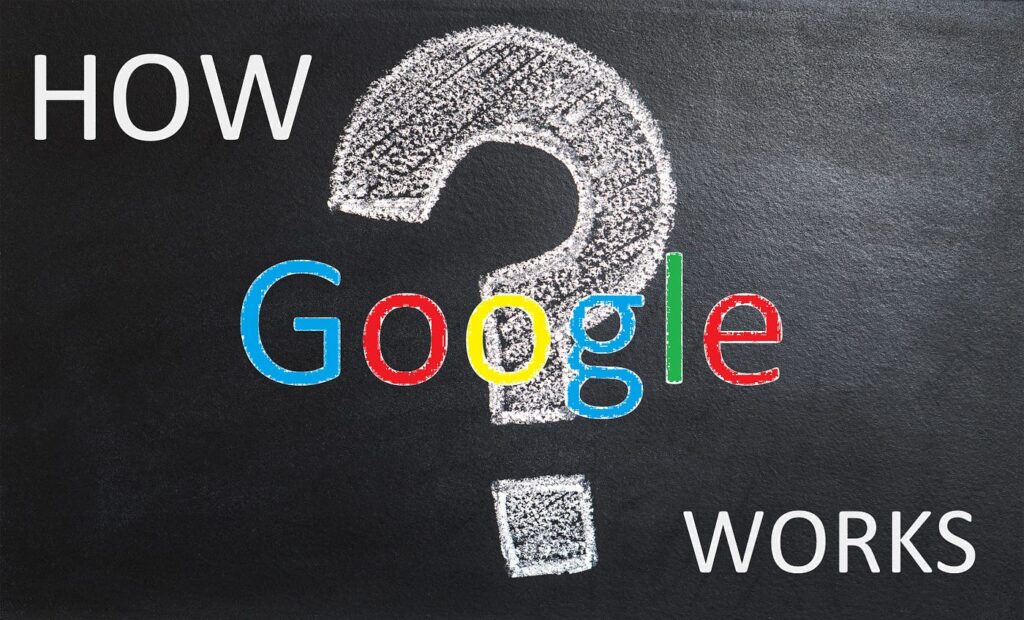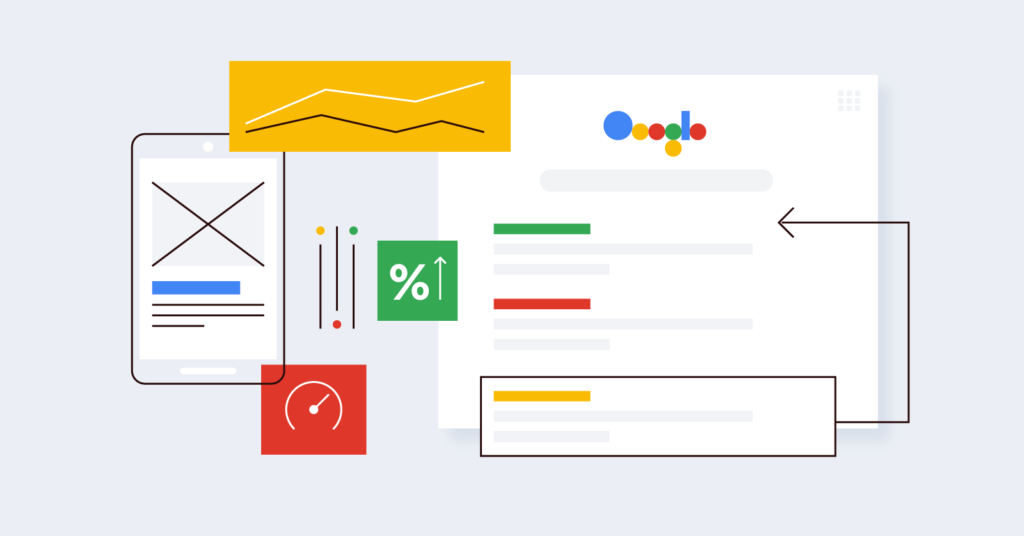Earlier in the NY Times, a “piece of PR” article was published on Pandu Nayak, Google Search’s vice president’s antitrust trial. That was not at all fascinating as it’s not clarifying a lot of dilemma. Later on November, Mr. AJ Kohn published a blog on ‘How Pandu Nayak taught me SEO” and the juice of the blog was taken from the court hearing PDF here.
The conversation helps to rethink how Google search algorithm works. This article is a brief of the conversation between the justice Kenneth Dintzer and Pandu Nayak.
Contents
Pandu Nayak’s Opinion on Google Indexing
What is indexing? “It’s nothing but saving a copy of webpages in its server” – said Mr. Nayak. It is pretty similar with the physical book index where you got an overview or brief of what actually is inside. According to Nayak, In 2020, Google had almost 400 billion indexed copies. He added size does not matter to Google like how many documents are there. The only thing Google wants is to create a great index system. The number might change in this three years, but even no one have a clear idea of the number.
Pandu said “When a user have a query, you have to go the indexed documents and find the best results. The core of the retrieval mechanism search for every page and its words by keeping in mind the user’s query. There are billions of pages indexed and Google can not go to the end of the list. So it shows the best results that matches the query, those are good webpages with high quality content.”

Google Ranking Mechanism Explained by Pandu Nayak
The problem of ranking webpages based on user’s query lies within the index mechanism. It uses retrieval mechanism to find pages or documents based on search query. But, there are tons of thousands of document that matches the user query. So, it has to go pass by several machine learning algorithms and mechanisms.
The machine learning model contains hundreds of algorithms and the whole “Ranking” system does not depend any of them solely. According to Mr. Nayak, the model ‘cull’ the index to show the most helpful, relevant, and high quality documents. So, it basically filter out the hundreds of documents from those thousand of pages.
So, how many Google ranking signals are there? Pandu Nayak answered, may be over hundred! It used to 10,000 in 2010 and after a lot of spam updates that might be reduced to only over a hundred.
When questioning on what is perhaps the most important ranking signal, Nayak answered, “The document itself is perhaps the most important ranking signal.”
Google ranking signals
According to Mr. Nayak, among the hundreds of signals these are the most important ranking signals:
- The document (The word count, sentence structures, headings and so forth).
- Topical authority
- Webpage quality.
- Reliability of the website.
- Localization.
- Navboost.
While we are aware of most of the terms here, let’s talk about Navboost.

“‘Navboost’, also known as ‘Glue’, is one of the most important Google ranking signals. It is the part of the core mechanism and you would not find this in any Google’s guide” – said Pandu Nayak.
Navboost system used to memorize all the data of last 13 months, and after the update on 2017, it can now memorize all that past 18 months data from clicks on user’s query.
It has been update several times till it’s launch. Navboost is not the same as it was during its launch.
“Navboost is looking at a lot of documents and figuring out things about it. So it’s the thing that culls from a lot of documents to fewer documents”.
Nayak said
The judicial also asked if Navboost is the only core ranking algorithm, he replied “no, its absolutely not.” He made it clear that it is one of the many core ranking algorithm. But, there is no doubt that Navboost is super powerful.
Navboost also can slice information locally. It has the document information locally and thus it can show the local business information to local users to help users with more precise info. It also can slice information based on the device of the user. Often user with desktop device do not get the exact result as mobile device and vice-versa. That is a Navboost-sliced data.
Pandu Nayak has confirmed that Navboost only matters only after retrieving in the first place. That means, Navboost can only comes into play when a user click on a webpage.
Navboost is also called ‘Glue’. It aggregates diverse types of user interaction, such as clicks, hovers,swipes, etc. Within Glue, there are some important metrics too that defines the credibility of a webpage. The process of this determines where a search feature is triggered or not and where it triggers on the page.



3 Comments
Add a Comment